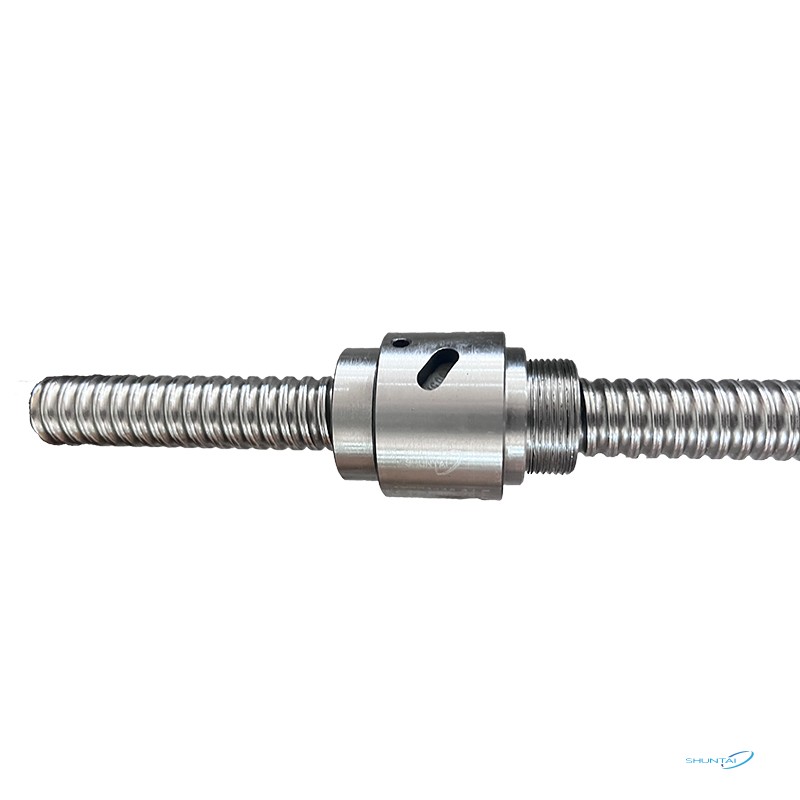The most common cause of ball screw failure is wear and tear due to prolonged use. Ball screws are mechanical components used in various applications, such as CNC machines, industrial equipment, and robotics. Over time, the repeated motion of the ball bearings along the screw threads can lead to wear on both the balls and the screw threads. This wear can cause increased backlash, reduced positioning accuracy, and eventual failure of the ball screw.
Several factors can contribute to ball screw failure, including:
1. Insufficient lubrication: Inadequate or improper lubrication can accelerate wear and increase friction between the ball bearings and the screw threads. Insufficient lubrication can be caused by using the wrong type of lubricant, contamination of the lubricant, or failure to perform regular lubrication maintenance.
2. Contamination: Foreign particles such as dust, dirt, metal chips, or coolant can enter the ball screw assembly and cause damage to the balls and screw threads. Contamination can lead to increased friction, accelerated wear, and even ball or thread damage.
3. Overloading: Excessive loads or improper use of the ball screw beyond its specified capacity can cause premature failure. Applying loads beyond the recommended limits can lead to excessive stress on the ball bearings and screw threads, causing them to wear out or deform.
4. Misalignment: Incorrect alignment between the ball screw and its related components can cause excessive stress on the system. Misalignment can prevent smooth movement and lead to uneven wear, reducing the lifespan of the ball screw.
5. Lack of maintenance: Neglecting regular maintenance and inspection can contribute to ball screw failure. Routine maintenance tasks, such as cleaning, lubrication, and checking for signs of wear, are essential to keep the ball screw in optimal condition.
By addressing these factors and performing regular maintenance, it is possible to extend the lifespan of a ball screw and minimize the risk of failure.
